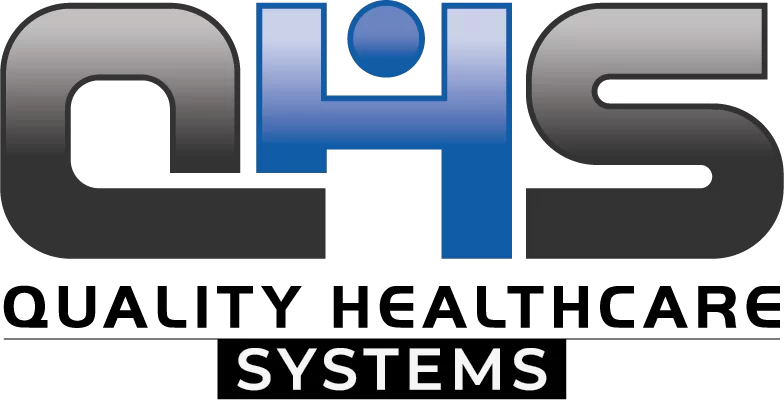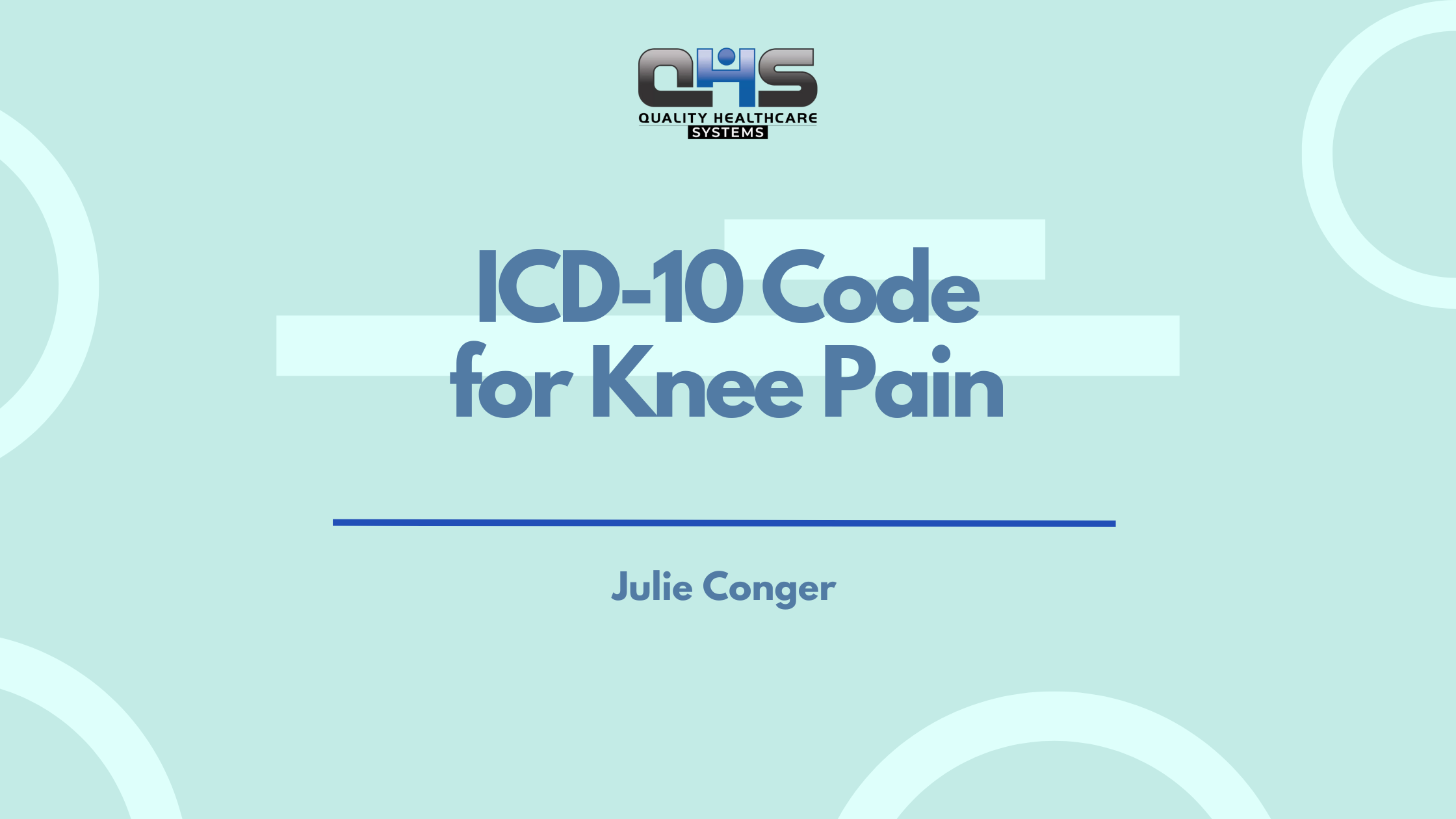The ICD-10 code for knee pain depends on the affected side. The most commonly used ICD codes for knee pain are M25.561 for pain in the right knee, M25.562 for pain in the left knee, and M25.569 for unspecified knee pain. These codes fall under Chapter 13 of the ICD-10-CM classification, which deals with diseases of the musculoskeletal system and connective tissue.
Accurately assigning these codes ensures proper billing and helps avoid claim rejections. If the knee pain is due to a specific injury or chronic condition like osteoarthritis, more specific diagnosis codes should be used instead of generalized ones.
What Is the Main ICD-10 Code for Unspecified Knee Pain?
When the medical record does not specify which knee is affected, the appropriate ICD-10 code for knee pain is M25.569, which denotes pain in unspecified knee. However, this code should only be used when absolutely necessary.
If the provider can confirm the side (right or left), it is better to use M25.561 (right knee) or M25.562 (left knee). Coding with laterality improves claim acceptance and provides clarity for further treatment planning. Coders must refer to provider documentation to ensure that the ICD-10 code reflects the exact condition.
Success Story: Discover how Medical Home Care Services achieved financial sustainability through tailored billing solutions
Using unspecified codes too frequently can lead to claim denials and compliance issues with payers. Always prioritize specific musculoskeletal codes where possible, and ensure accurate translation of the provider’s notes into diagnostic language. Accurate selection of the ICD-10 code for knee pain helps streamline medical billing and supports effective treatment tracking.
What Are the ICD-10 Codes for Right and Left Knee Pain?
For right knee pain, the appropriate ICD-10 code for knee pain is M25.561, while M25.562 is used for left knee pain. These codes fall under the broader category of other joint disorders, specifically for pain in joint. It’s crucial to document the laterality to improve the specificity and acceptance of claims. Using correct laterality reduces billing errors and accelerates payment processing.
| Cardiology Medical Billing 101 |
| Orthopedic Medical Billing 101 |
| Radiology Medical Billing 101 |
| Orthotics Medical Billing 101 |
| Phsycian Medical Billing 101 |
Providers should include the site of pain in their notes, allowing medical coders to avoid the more general M25.569 code. Knee pain diagnosis coding can also reflect different stages or causes like trauma, arthritis, or degenerative conditions, but M25.561 and M25.562 are typically used when no other diagnosis explains the symptom.
Accurate usage of the laterality-specific ICD-10 codes enables better tracking of symptoms over time and supports more targeted care. These codes play a vital role in data analysis, resource planning, and quality care reporting. Always use M25.561 or M25.562 when the documentation clearly mentions which knee is affected.
Which ICD-10 Codes Are Used When Knee Pain Is Due to Osteoarthritis?
When knee pain is attributed to osteoarthritis, coders must use specific ICD-10 codes that reflect the diagnosis more accurately than general joint pain codes. The most relevant codes are:
| Condition | ICD-10 Code |
|---|---|
| Osteoarthritis of right knee | M17.11 |
| Osteoarthritis of left knee | M17.12 |
| Bilateral primary osteoarthritis of knees | M17.0 |
| Other osteoarthritis of knee | M17.8 |
These codes are part of the M17 category, which pertains to gonarthrosis (osteoarthritis of the knee). These are more clinically relevant than M25 codes when the underlying cause is a degenerative joint condition.
Using M17 series codes ensures accurate diagnosis reporting, supports treatment documentation (like physical therapy or surgery), and improves payer reimbursement. Never default to M25 codes if osteoarthritis is clearly documented. The ICD-10 code for knee pain in these cases should reflect the chronic and structural nature of the issue.
What ICD-10 Codes Are Used for Traumatic Knee Pain or Injury?
For traumatic knee pain, ICD-10 codes must specify the exact nature and location of the injury. If pain is the primary symptom following trauma, use injury-related codes from Chapter 19. Examples include:
| Injury Type | ICD-10 Code |
| Contusion of right knee | S80.01XA |
| Contusion of left knee | S80.02XA |
| Strain of right knee | S86.811A |
| Strain of left knee | S86.812A |
These codes reflect acute injuries and must include the correct seventh character, such as A for the initial encounter. These ICD-10 codes differ from general knee pain codes because they highlight the trauma aspect and guide treatment like immobilization or surgical repair.
Providers must stay current with updates to maintain compliance and avoid claim denials.
“To ensure availability for all patients, we charge a $50 fee for appointments missed without notice.”
Always ensure clinical documentation clearly outlines the mechanism of injury, laterality, and whether it’s a new or subsequent encounter. Using trauma-specific ICD-10 knee pain codes supports accurate reporting and reimbursement in emergency or orthopedic care.
- Also Read: Best Denial Management Companies in USA
What ICD-10 Codes Apply to Knee Pain After Surgery or Joint Replacement?
If a patient experiences knee pain after surgery, coders should look into complication codes or follow-up codes that reflect the reason for the postoperative symptom. Some common ICD-10 codes include:
| Condition | ICD-10 Code |
| Pain due to internal orthopedic prosthetic device | T84.84XA |
| Encounter for aftercare following joint replacement | Z47.1 |
| Other complications of orthopedic device | T84.89XA |
Use Z codes for follow-ups or routine aftercare and T codes when a complication arises. Make sure documentation confirms whether the pain is related to the device or general healing. If pain is present without any signs of device failure or infection, the ICD-10 code for knee pain may still apply as a secondary diagnosis.
These codes help document outcomes, especially in total knee arthroplasty cases. Proper use of these ICD-10 knee pain codes ensures clarity in post-surgical care and avoids unnecessary billing issues.
How Can QHS Help You Bill Accurately for ICD-10 Code for Knee Pain?
QHS (Quality Healthcare Solutions) simplifies the process of medical billing for ICD-10 codes like M25.561, M17.11, and T84.84XA, ensuring your practice gets paid faster and with fewer denials. Our billing experts are trained to handle the nuances of musculoskeletal coding, including laterality, trauma-related cases, and post-surgical follow-ups—crucial for accurate use of the ICD-10 code for knee pain.
Using incorrect or unspecified codes like M25.569 too often can result in claim rejections or payer audits. QHS helps you avoid these pitfalls by auditing provider notes, optimizing code selection, and ensuring compliance with payer rules. We integrate directly with your EMR to reduce manual entry errors and provide real-time denial management for orthopedic and pain management practices.
Beyond coding for knee pain, QHS offers end-to-end revenue cycle services:
-
Eligibility verification to prevent front-end claim issues
-
Claims submission & tracking with payer-specific guidelines
-
Credentialing & enrollment for new providers
-
Accounts receivable management to reduce aged claims
With QHS as your billing partner, your focus stays on patient care, while we take care of everything behind the scenes—ensuring optimized reimbursement and clean claim rates. Whether you’re a solo practice or a multi-location clinic, we tailor our services to meet your specific needs.
Frequently Asked Questions
What does the ICD-10 code M25.561 mean?
The ICD-10 code M25.561 refers to pain in the right knee. It falls under the musculoskeletal system category and is used when a patient reports localized pain without a confirmed underlying condition like arthritis or trauma.
Can ICD-10 code M25.569 be used for bilateral knee pain?
No, M25.569 is used when the side of knee pain is unspecified. For bilateral knee pain, documentation should clarify if both knees are involved, and coders should assign both M25.561 and M25.562, or use a more appropriate diagnosis code like M17.0 for bilateral knee osteoarthritis.
What if knee pain is caused by overuse or exercise?
If the knee pain stems from repetitive strain or overuse injuries like running or squatting, consider codes such as M76.51 (patellar tendinitis right knee) or M76.52 (left knee). These are more accurate than general pain codes and reflect mechanical or functional causes. However, M25.561 or M25.562 may still be used if no structural damage is found.
Can you bill ICD-10 code for knee pain along with arthritis?
Yes, but only if the knee pain is not solely caused by arthritis. If the pain is a primary symptom distinct from the degenerative condition, you can code both, using M17.x for arthritis and M25.561/M25.562 for pain.
Is the ICD-10 code for knee pain covered by insurance?
Yes, most insurance providers accept the ICD-10 code for knee pain (such as M25.561, M25.562, or M25.569) when justified by clinical notes. However, coverage may depend on the diagnostic context, such as whether the pain is linked to a chronic issue or trauma.
Related Posts:
- Medical Billing for Artificial Limbs
- Medical Billing for Orthopedic Support
- Medical Billing for Hemipelvectomy Prosthetic
- Medical Billing for Spinal Orthoses
- Prosthetic Billing for Lower Limbs






